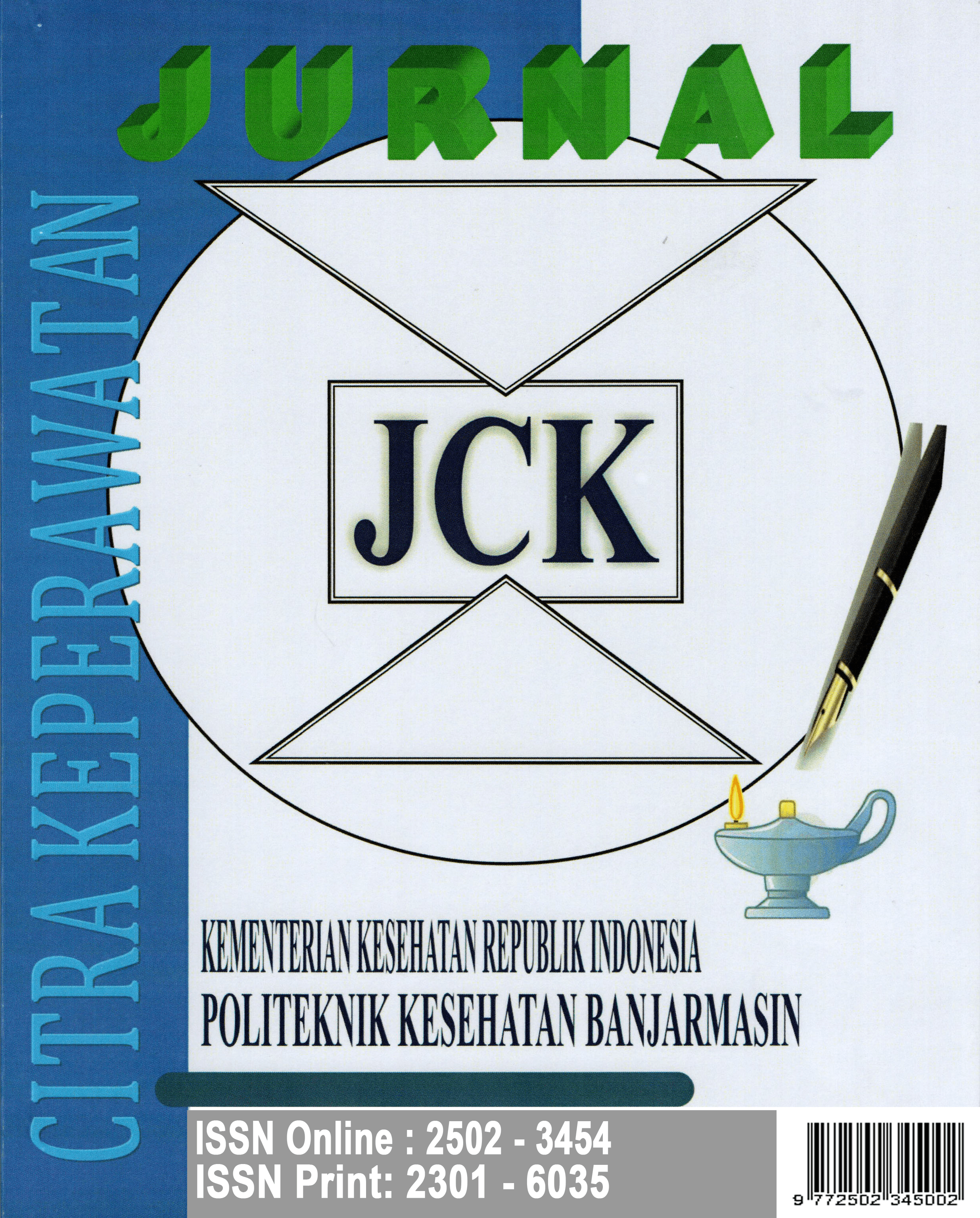wheel walker DESIGN A WHEEL WALKER FOR PEOPLE WITH DISABILITIES LOWER EXTREMITY FUNCTION
Abstract
The main problem that occurs in people with impaired lower extremity function is the risk of falling. For the elderly due to degradation of function or sick conditions, there will be a decrease in the strength of the muscles of the lower limbs or lower extremities can be aggravated by the presence of degenerative diseases such as osteoporosis, Parkinson's, poststroke, and fractures. Lower extremity fractures are mostly the result of accidental trauma, have a high hospitalization rate and require surgery. The impact of falling incidents on the elderly is that they result in various types of injuries, physical and psychological damage. To overcome these problems, it is necessary to design road aids which are improvements to the previous road aids.
The wheel walker design method consists of the technical aspects of the mechanical design of the wheel walker, including the components involved, the materials used, and the design principles applied to achieve the optimal performance of the tool. The research design includes tools and materials, research flow diagrams and wheel walker design processes. Based on the results of the research, the wheel walker that has been designed and built in this study meets ergonomic and functional criteria for people with lower extremity function disorders. The design can be adjusted to the needs of the user, providing ease of mobilization and helping to increase the patient's independence in carrying out daily activities.
Keywords: Wheel walkr, disabilities, lower extremity
References
2. Beta Arya, A. (2022). Innovative design of forgetful health therapy for patients with spastic cerebral palsy diplegia.
3. Dassault Corporation. (1995). SOLIDWORKS Mold Design Using SOLIDWORKS. 3–8.
4. Desi Natalia Trijayanti Idris, E. K. (2017). Factors of Walking Aids with the Risk of Falling in the Elderly at the Posyandu Elderly Rw 04 Bangsal Village, Kediri City. STIKES Journal, 10(2), 139–147.
5. Djumhariyanto, D. (2014). Development of Walkers as a Reinforcement of Indonesian Medical Device Products.
6. Djumhariyanto, D. (2016). Development of Walkers using the Quality Function Deployment (Qfd) method. Journal of Flywheel, 7(1), 35–44.
7. Finkel, J., Fernie, G., & Cleghorn, W. (1997). A Guideline for the Design of a Four-Wheeled Walker. Assistive Technology, 9(2), 116–129. https://doi.org/10.1080/10400435.1997.10132303
8. Gaxatte, C., Nguyen, T., Chourabi, F., Salleron, J., Pardessus, V., Delabrière, I., Thévenon, A., & Puisieux, F. (2011). Fear of falling as seen in the Multidisciplinary falls consultation. Annals of Physical and Rehabilitation Medicine, 54(4), 248–258. https://doi.org/10.1016/j.rehab.2011.04.002
9. Giachetti, R. E., Grandgirard, J., Poinsot, D., Krespi, L., Nénon, J. P., & Cortesero, A. M. (2002). Decision Support System for Material and Manufacturing Process Selection. Entomologia Experimentalis et Applicata, 103(3), 239–248. https://doi.org/10.1023/A
10. Manik, N., Raharjo, S., & Andiana, O. (2020). Sponge tennis ball squeezing exercises to improve hand muscle ability (case study of children with spastic type cerebral palsy). Sport Science and Health, 2(2), 162–167.
11. Modok, A. D., & Wati, D. N. K. (2019). The use of walking aids as a risk factor for fear of falling in the elderly in Depok City. Journal of Friends of Nursing, 1(01), 41–49. https://doi.org/10.32938/jsk.v1i01.89
12. Naura, C., Hafizah, S., Hasibuan, P., Amanda, P., & Irma, A. (2021). Design and Development of Therapeutic Products for Children with Cerebral Palsy with Brainstorming Method. TALENT Conference Series: Energy and Engineering, 4(1), 333–347. https://doi.org/10.32734/ee.v4i1.1227
13. Setiarini, A., Ningrum, H. N. K., Luqman, M., & Okananda, R. Y. (2017). Design and build a human arm movement physiotherapy aid for people with temporary partial paralysis based on Android voice command. TELKA - Telecommunications, Electronics, Computing and Control, 3(2), 112–124. https://doi.org/10.15575/telka.v3n2.112-124
14. Wijaya, N. (2015). Design of Therapeutic Facilities for Paralytic Polio Patients. Scientific Journal of Student Students, University of Surabaya, 4(2), 1–18.
15. Wiyono, S. J. (2012). Development of walker products using the Quality Function Deployment (Qfd) method and ergonomics according to the anthropometry of the Indonesian people.
Copyright article owned by Jurnal Citra Keperawatan












